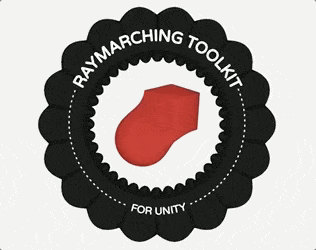Here is a visual. Here's another one I made in Unity in 5 minutes, using objects instead of raymarching. Recursive transformation is just the idea of applying a particular transformation again and again, once at every iteration.
Here is what I would expect to accomplish this...
Create a recursive repeat modifier. Set a relative position, relative rotation, and relative scale for the repeat modifier.
Make a shape childed to the modifier, and it will of course repeat, but it will do so recursively, whereby each iteration is relative to the previous iteration by the given relative position, relative rotation, and relative scale values.
This would be a simple and elegant tool. I hope it is supported or there is some way to customize the tool to do this. Might that be the case?


